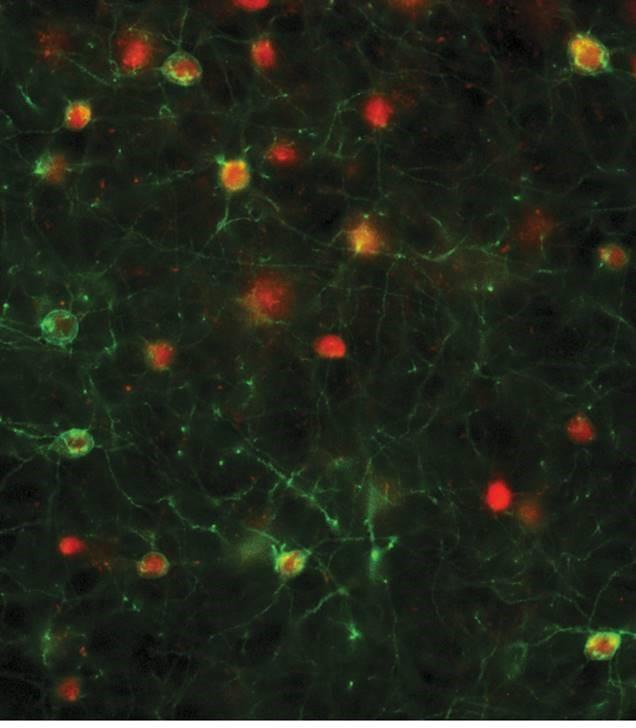Abstract:
Synchronized oscillations are ubiquitous in neural systems, but their functional significance has long been controversial. Here I will describe two projects from our laboratory which address this issue and show that synchrony plays a key role in enabling neural circuits process information related to both cognition and emotion. First, I will describe the critical role that gamma-frequency synchronization between prefrontal parvalbumin (PV) expressing interneurons plays in cognitive flexibility. I will describe novel mechanisms that give rise to this synchrony, its role in prefrontal information processing, and its potential pathophysiological and therapeutic relevance to schizophrenia and related conditions. Second, I will describe work from our laboratory that first discovered a synchrony-based biomarker for emotional state within the human brain, then back-translated this to mice in order to study its underlying mechanisms and functional significance.

Biography:
Vikaas Sohal studied Applied Mathematics at Harvard and Cambridge before completing his MD and PhD degrees at Stanford. During graduate school he studied thalamocortical oscillations with John Huguenard. He stayed at Stanford for psychiatry residency. During that time, he worked with Karl Deisseroth, carrying out some of the first experiments using optogenetics. In 2010, he started his independent laboratory at UCSF which studies how emergent patterns of cortical circuit activity contribute to cognition and emotion. Dr. Sohal has received several awards for his research including the NIH Director’s New Innovator award, the A.E. Bennett Research award from the Society of Biological Psychiatry, the Daniel Efron award from the American College of Neuropsychopharmacology, and the McKnight Memory and Cognitive Disorders award. He is a board-certified psychiatrist and continues to see outpatients in the Early Psychosis clinic at UCSF.
